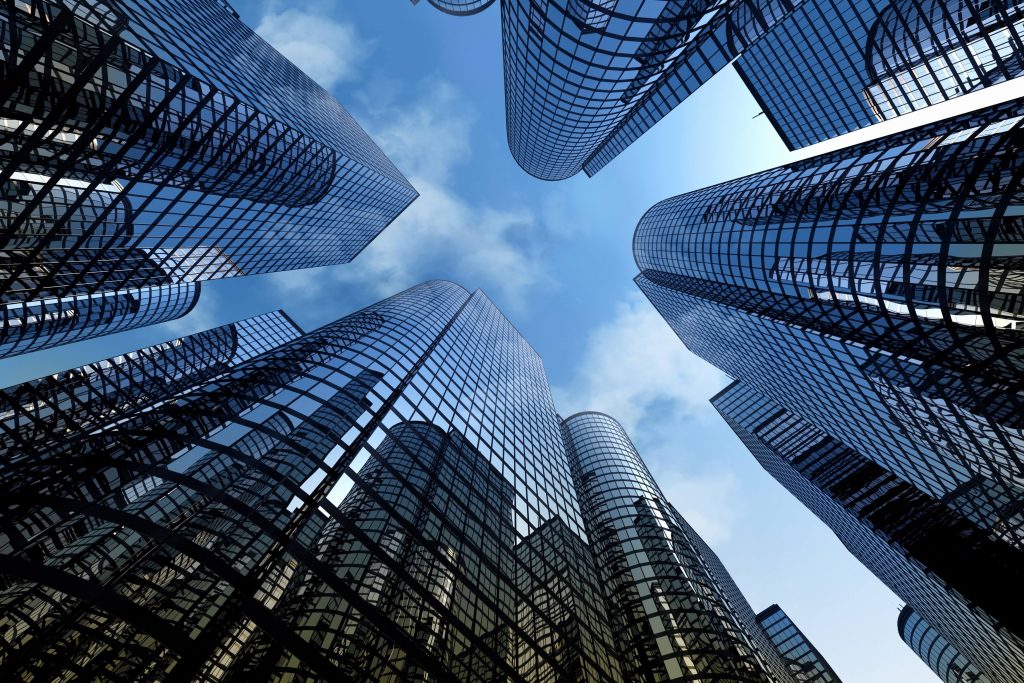
Smart concrete .. New materials can transform skyscrapers

Chrysler Tower is the world’s first high-rise skyscraper that was built in 1930 Manhattan New York City, and its height is more than 300 meters. Since then, the number of skyscrapers has been increasing in various countries around the world, until skyscrapers have become the backbone of cities.
With the increasing of people living in cities, the rate of skyscrapers construction has increased in light of the increasing demand for them. skyscrapers have not only made modern life flourish but they are also a major source of energy and resource consumption.
Concrete and steel are defined as the basic building materials, but in recent years architects start looking for materials that can be used for building more sustainable cities and have therefore begun to experiment new materials, which are expected to transform skyscrapers.
Learn about 5 futuristic building materials that can transform skyscrapers:
- Smart Concrete

A Dutch researcher has created a bio-concrete that can heal cracks on its own, extending the life of buildings and infrastructure by adding limestone bacteria into the concrete, a bacteria that can be activated whenever cracks emerge. This bacteria can survive within the material for up to 200 years.
Scientists are now trying to develop this smart concrete by placing sensors in the material that will enable engineers to locate potential cracks.
2- Wood
Some think that concrete and steel are better than wood in construction, but with the technological development of wood, it has become the material that skyscraper engineers are looking for. Wood is a renewable resource and does not require a big amount of fossil fuels in order to be transported, compared to concrete and steel. Thus, if wood becomes the main material used in construction, the construction industry can reduce emissions by 31%.
3- Solar glass block

Some believe that energy-generating glass skyscrapers are unrealistic fiction, but through an invention by some researchers in England, this possibility is expected in the next few years.
The researchers incorporated solar cells into glass bricks, in order to achieve the highest absorption of solar energy, so these interfaces will generate solar energy, as well as add an aesthetic view of the facade of skyscrapers.
4- Smart windows

One of the most important things that characterize glass skyscrapers is sunlight that illuminates the entire place, but this feature can lead to the inability to adjust temperatures, especially during the hottest months of the year. Hence, smart windows have been created which are characterized by their ability to improve energy efficiency in glass skyscrapers, as the windows were created from perovskite that contains a large proportion of calcium titanate. The scientists have changed the main components of the perovskite so that smart windows automatically turn opaque when the temperature outside the building reaches 60 degrees Celsius, thus facilitating temperature control inside the building.
5- Air purification facades

Polluted air is one of the biggest problems facing urban dwellers, so architects have begun to create glass facades that purify the air by covering the facades with titanium dioxide that absorbs pollutants in the air.
